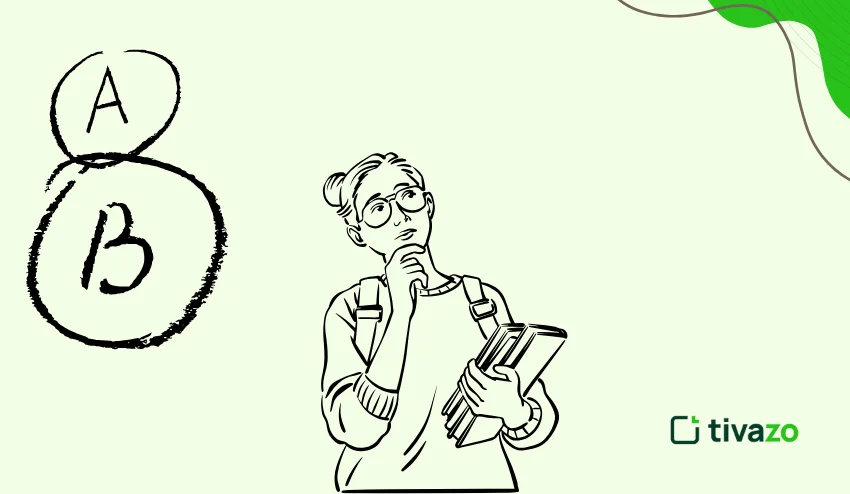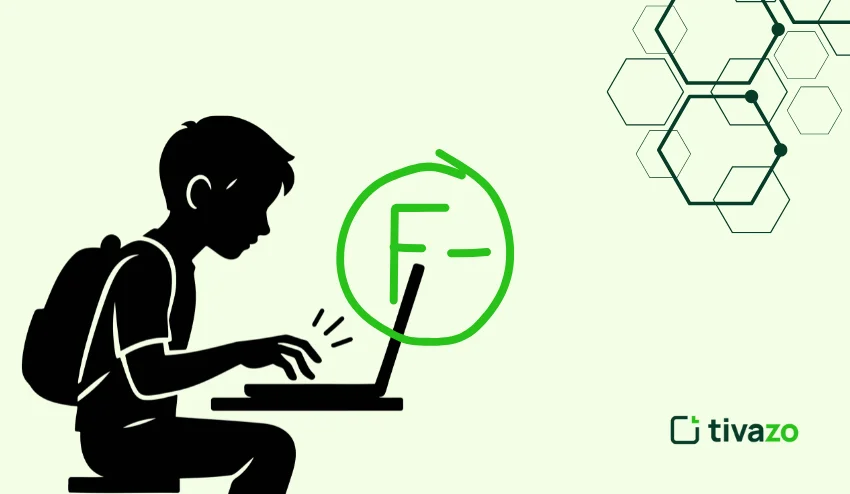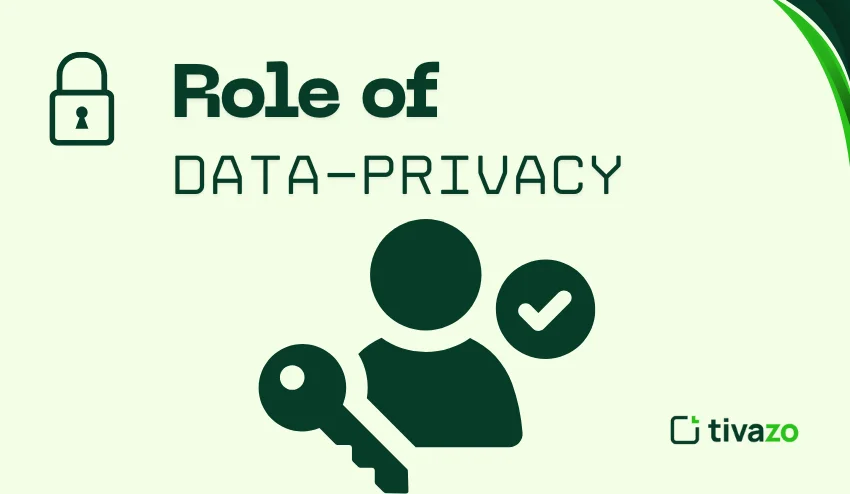Good education has always been based on fair grading. Students desire to believe that their work will be assessed with accuracy, transparency, and consistency.
With the transformation in classrooms to digital-based tools and smart learning systems, the concept of fairness is even more significant.
Technology may assist teachers to work faster and more efficiently; however, it may also lead to new challenges.
That is why developing fair grading in tech-assisted learning needs to be planned carefully and be well aware of how both human judgment and digital tools can come to work together.
The importance of Fair Grading in the Contemporary Digital Learning
Learning through a digital medium, students anticipate that their advancement is assessed in the right manner. When the grading system is confusing or untrustworthy, then the whole learning process becomes invalid.
Tech-assisted learning is potentially very useful since this would decrease the workload imposed on the teachers, provide uniformity in grading, and provide students with faster feedback.
These tools are not ideal, nonetheless. Certain writing styles may not be interpreted by some systems or react differently to distinct ways of conveying thoughts.
This is why fairness is not only the aim but also the duty.

The effectiveness of fairness in grading with the help of clear criteria
In every just fair grading system, there should be clear expectations. Fair Grading for teachers ought to establish the definition of success for each assignment before technology comes into the scene.
Students ought to know all the requirements without having to be complicatedly explained. This is a mere step that eliminates the unwanted stress and makes sure that the learners are fully aware of what they are striving towards.
Consistent criteria are also useful to make digital tools effective since they work best when the goals are simple and can be easily interpreted.
The use of technology in assisting with Fair Grading
Technology is a friend who can be helpful during the fair grading process, although it must not substitute the human understanding that teachers contribute to the table.
Digital aids can promptly complete tasks such as grammar checks, plagiarism scanners, and identifying formatting mistakes. Other teachers also apply cautious check tools as AI detector, to analyze patterns of the content and make sure that nothing smells suspicious.
These tools save valuable time, but the final judgment should always come from a person who can understand context, tone, and creative expression.
The Rationale behind Early Rollout of Rubrics to Students
Posting the rubric in advance is one of the simplest methods of making the grading process more just. Having the knowledge of the standards beforehand, students can prepare their work with certainty instead of making guesses as to what the teacher wants.
Tech-assisted grading tools are also supported by a detailed rubric since it offers a clear framework for assessment.
Security is provided to students through the use of rubrics. In the case of teachers, they are promoting the scoring consistency of different assignments and classes.

The reason Multiple Assessment Type Forms are More Accurate for Grading
Using a single type of assessment may result in unwanted bias. Not all students are good at conventional written exams, just as not all students are good at doing group projects.
An equitable fair grading system employs a combination of the techniques in the form of short quizzes, written answers, classwork, video assignments, creative assignments, and peer assessments.
This diversity provides any student with an opportunity to demonstrate his/her knowledge in the most appropriate manner. It also helps to avoid the effect of one skill or testing format on grading.
How to Minimize Bias in Tech-Assisted Grading Tools
Digital tools learn by example, whereby these examples may be biased in some manner. A fair grading system that is fair grading system should also be checked after some time to see that the technology is measuring performance in the correct way.
One of the ways through which teachers can achieve this is by comparing grades of various student groups, examining recurrent scoring errors, and seeking candid opinions of the students regarding the fair grading experience.
In case a tool has a habit of misinterpreting a particular form of writing or creative decisions, an educator is supposed to intervene and make some amendments. Equity is a long-term process, not a single arrangement.
The worth of Self-Assessment in a justifiable assessment system
A grading system that is fair grading system provides the students with a voice. Self-evaluation will enable the learners to reflect on their work and compare their efforts with the rubric.
The practice assists in critical thinking and self-awareness. It also provides an additional perspective on the way students perceive themselves to teachers.
The fair grading process is also more balanced and meaningful when students are involved in the process.
The benefits of Structured Peer Review in enhancing fairness
Peer review may be of enormous value, yet it should be organized and directed. The students acquire knowledge better when they are allowed to assess each other, but it is easy to lose objectivity when personal prejudice is not checked by clear guidelines.
A just peer review process involves anonymity, rubrics with instructions, and supervision by teachers. This will result in a setting in which students are able to provide and accept feedback without fear of favoritism.
The importance of Personal Feedback in a technology-based classroom
Students also desire to be perceived and heard, despite having great digital tools. Technology can highlight the errors fast, but it is not able to substitute the emotional influence of a considerate remark from a real individual.
A few words of praise or recommendations by the teachers develop trust, confidence, and motivation. Learners will be glad to realize that somebody made the effort and time to know about their work.
The most equitable systems are those that integrate fast automated feedback and poignant and attentive human response.
The role of Data Privacy in Grading Fairly
Fairness is no longer a matter of scores. It also contains student data handling. The tools used by teachers, the information gathered, and the way in which they are going to be stored should not be a secret between teachers and institutions. Students would feel better engaged in tech-assisted learning when they know the way their data is being handled. The transparency creates trust, and this enhances the fairness in the whole fair grading process.

The Reason Students need to be able to appeal grades
There is no ideal grading system, be it a human system or a digital system. This is why the students should be able to question or appeal their results.
The mere review process allows corrections to be made where mistakes are concerned, and the students feel respected. Learners perceive the grading system as being fair grading and open when they understand that the teachers are ready to listen to them.
The necessity of fair tech-assisted grading teacher training
The notion of fair grading also requires the fact that teachers have a proper knowledge of the tools they are working with. The educators should be trained adequately, as they should be able to decipher the recommendations given by digital systems and make decisions on whether to override them.
Training will enable teachers to use smart technology in a natural and trustworthy way that combines professional judgment. This brings in a grading atmosphere that is not only efficient but also, in fact, fair.
Promoting Reflection with the help of Learning Journals
Self-expression and learning: Learning journals provide students with an opportunity to compare their learning process, difficulties, and successes.
Monitoring gains: These reflections can help teachers to know how the students are progressing over time, even beyond test scores.
Improving critical thinking: Writing about the way they thought about a task will help students examine how they approached it, and this may identify gaps or strengths.
Balanced assessment: The journals accompany other forms of assessment, where they make sure that students are assessed as a whole and not necessarily through exams and projects.

Fair Engagement through the use of Gamification
Rewards: Gamified aspects, such as points or badges, may be used as a motivator to participate without benefiting inherently competitive students.
Various demonstrations of skills: In a game-like environment, students will be able to demonstrate creativity, problem-solving, and collaboration skills.
Clear guidelines: There are clear guidelines on how to earn points or in accordance with achievements, which ensure fairness and limit the subjective grading.
Inclusivity: Gamification has the potential to make learning more interactive among students with low achievement so that they have equal chances to excel.
Final Thoughts
The potential of tech-assisted learning to better classrooms is incredible. It is fast, systematic, and provides useful tips that simplify the process of grading. Nevertheless, fairness should never be neglected.
When combined with transparent standards, careful application of technology, frequent monitoring of prejudice, and powerful human intervention, the teacher can develop grading systems that would help each student equally.
Once equity turns out to be a collective goal, students study with confidence, teachers teach with understanding, and technology turns out to be a reliable companion in the learning process.




